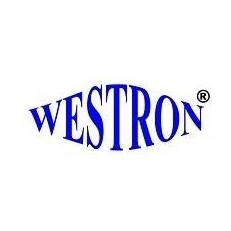
We are near the end of 2021 and global warming is rising day by day. One major element contributing to the environmental crisis is the use of dangerous refrigerant gases.
A refrigerant is a substance that can exist in either a liquid or a gaseous state. It easily absorbs heat from the surroundings and, when combined with other components such as compressors and evaporators, can provide refrigeration or air conditioning.Â
You're probably inquisitive about how refrigerant works and what role it plays in cooling your home if you've heard about the phase-out of R22 refrigerant in favor of R410A refrigerant.
What Are the Types of Refrigerant Gases?
The following are the principal refrigerant categories:
CFCs are chlorine, fluorine, and carbon-based chemicals. Blowing agents for packing materials and foams, Aerosol sprays, solvents, and refrigerants are all made with them.Â
They are regarded as non-eco-friendly refrigerant gases due to their high ODP (Ozone Depletion Potential) and GWP (Global Warming Potential).
Examples R11, R12Â
Hydrochlorofluorocarbons (HCFCs) are chemicals made up of hydrogen, fluorine, chlorine, and carbon atoms. HCFC refrigerants have a medium ODP and a medium to high GWP; they're commonly employed in air conditioning and refrigeration systems.Â
These are also not environmentally friendly refrigerant gases, and they have been phased out or are being phased out in most countries.
Examples:Â R22, R141b
A mixture of fluorinated hydrocarbons, HFCs have 0% ODP and medium to high GWP thus presenting a more environment-friendly option to CFCs and HCFCs.Â
In foam manufacture, refrigeration, and other operations, HFCs are utilized as a substitute for CFCs. HFCs may contribute to global warming, although they have no direct impact on the ozone layer. These are easily available via UAE refrigerant gas suppliers.
Examples:Â R32, R134a
Benefits of Eco-Friendly Refrigerant Gases
They are easier to recycle or dispose of after use in cooling systems than CFCs, HCFCs, and HFCs.
These gases are often more efficient in terms of energy than F-gases.
Environmentally friendly gases can be employed in nearly all refrigeration and air conditioning (RAC) applications.
These refrigerants are less expensive than HFCs and are not trademarked by the chemical industry.
These gases are safe to handle and do not affect the environment.
By-products from other operations can also be used to create these gases.
If adequate distribution channels can be built, it will be easier to make them widely available.



Article comments